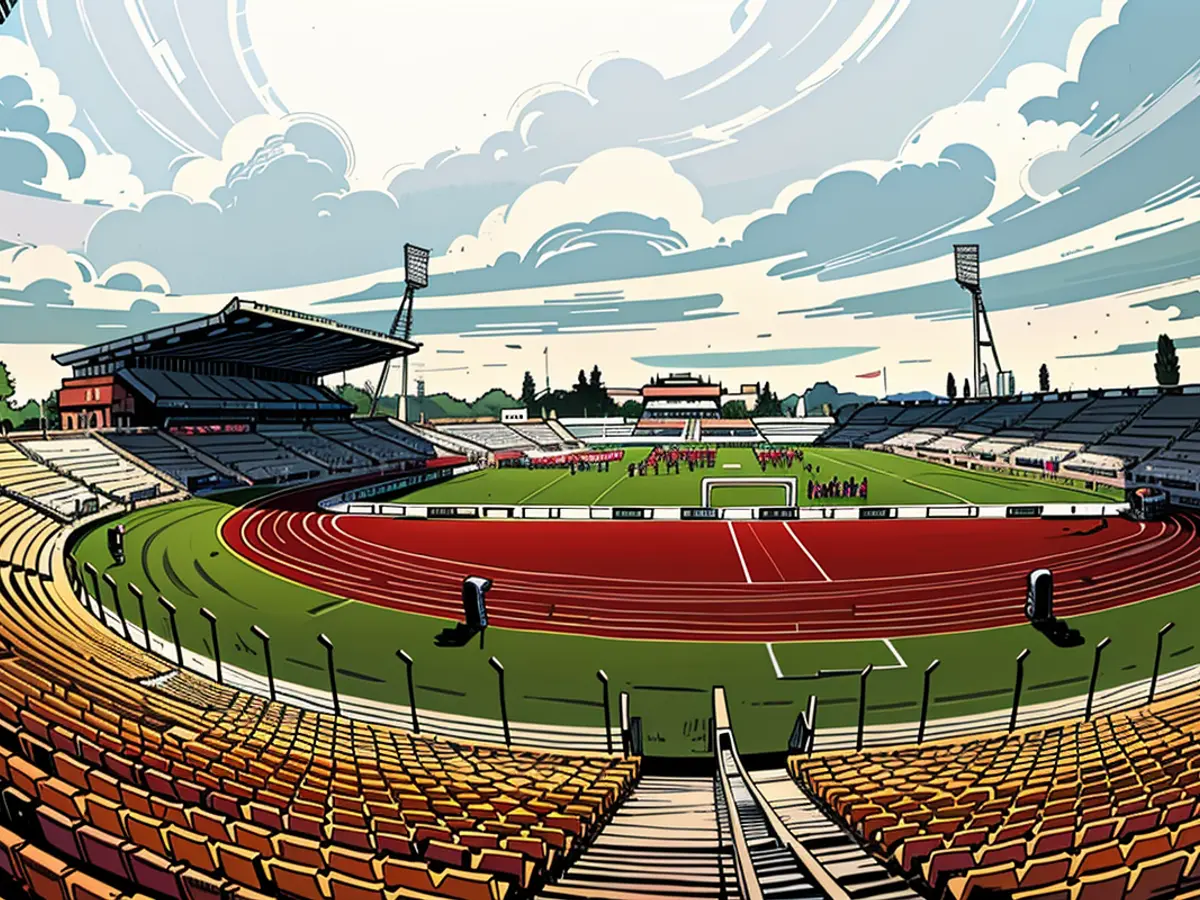- Designers aim to prevent the destruction of the Jahn Stadium.
Activists and historians are working to halt the planned tear-down of the Jahn Stadium beginning in September. The collective considers the venue as a "one-of-a-kind symbol of Eastern Modernism," according to architect Friedrich Tuczek from Erfurt's Fachhochschule, who spoke to "Tagesspiegel": "We implore the Berlin Senate to put a stop to the demolition plans and instead pursue renovations for the stadium."
Constructed in 1951 for the III. "World Youth Festival" with debris, the stadium was later upgraded with a new stand in 1987 to commemorate Berlin's 750th anniversary. As Tuczek explains, the stadium embodies "not just its physical appearance but also its two parts, the stands and the stand, the start and end of the DDR." Moreover, Tuczek claims that the main stand is "a unique specimen of DDR architecture beyond concrete and pre-fabrication," with few similar examples remaining in Berlin.
Petition for preservation
The coalition views the demolition not only as an architectural historical loss but also as a wiping away of the site's historical relevance, situated directly next to the "Hinterland wall." Over 8,900 signatures have been gathered for the preservation petition to date.
Political critics have raised concerns about the demolition as well, and the projected costs for the new construction have soared by 70% to 188 million euros. Demolition or renovation had been under consideration for years already, with plans for the stadium to serve as an inclusive sports park for the Special Olympics World Games 2023. Now, completion is expected in the third quarter of 2027.
The activists strongly believe that the demolition of the Jahn Stadium will result in a significant architectural historical loss, as it would destroy a unique specimen of DDR architecture. The planned tear-down also risks obliterating the site's historical relevance, situated next to the "Hinterland wall."








